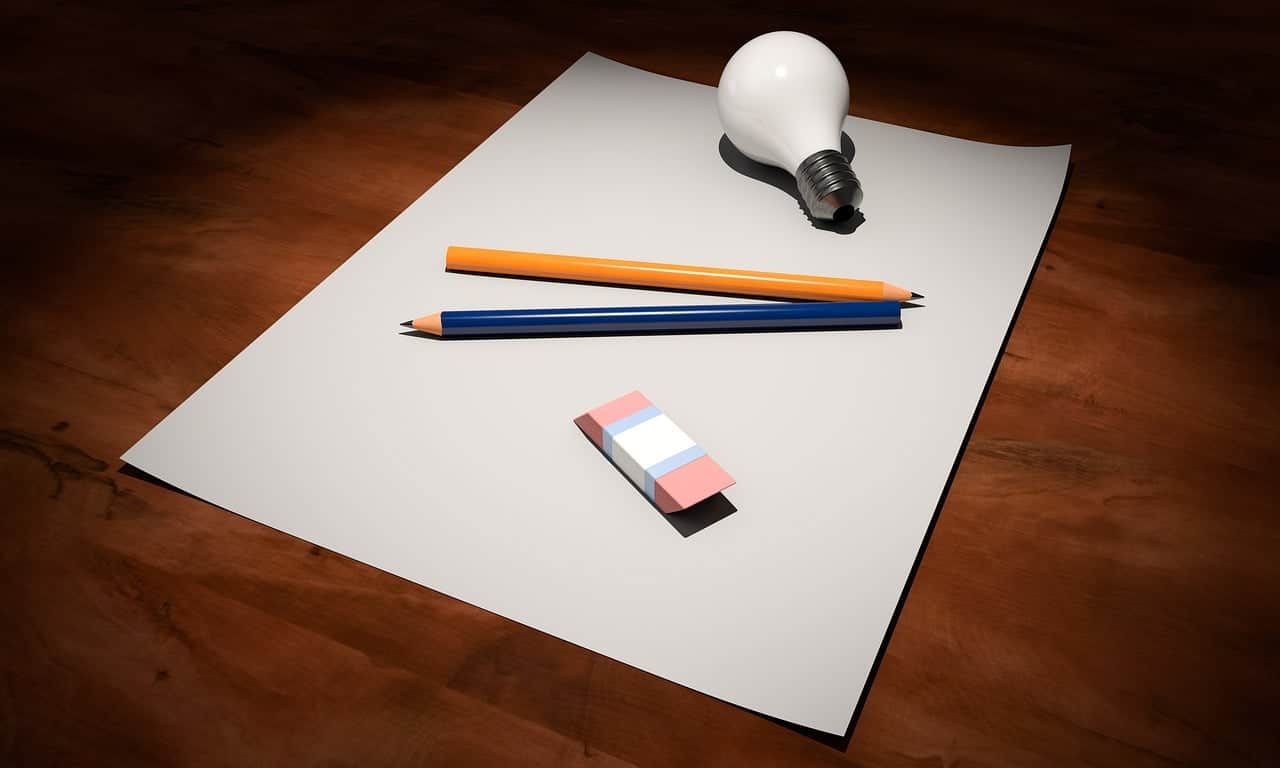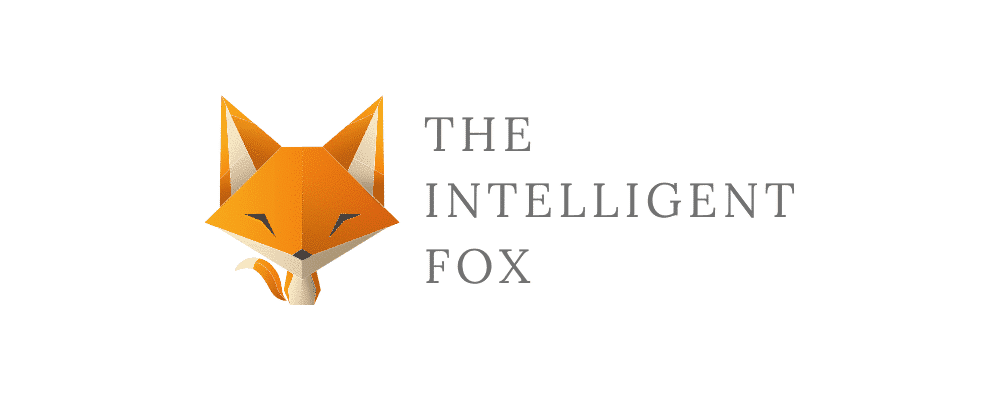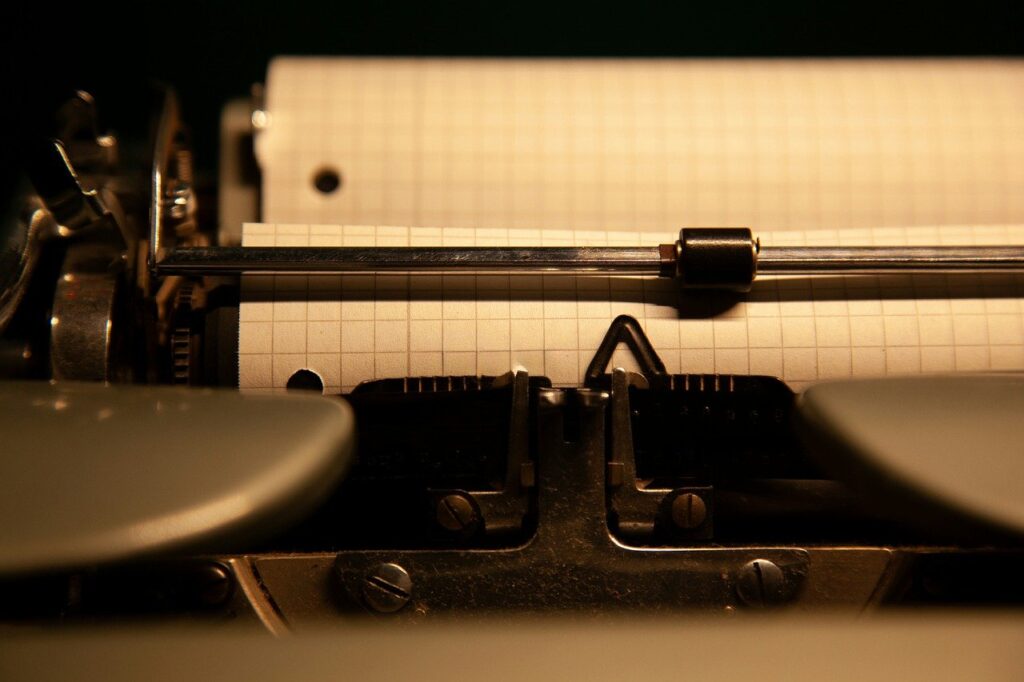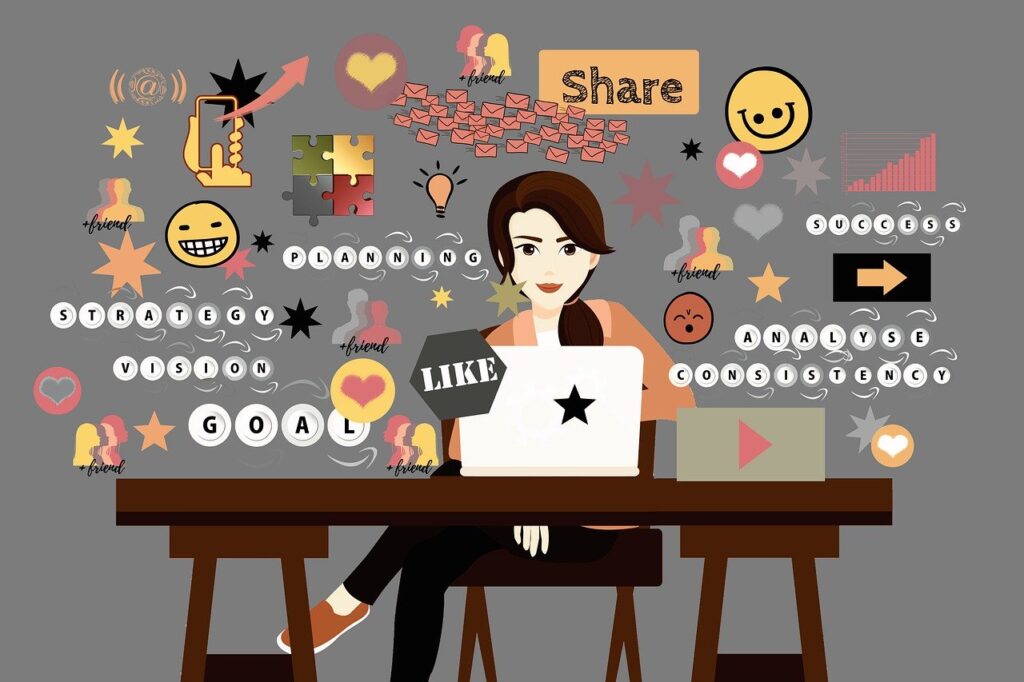
In today’s visually-driven world, eye-catching images are essential for capturing your audience’s attention and enhancing their reading experience on your blog.
However, creating unique, high-quality visuals can be time-consuming and costly, especially if you’re not a professional designer. Enter AI image generation – a revolutionary technology helping bloggers and content creators approach visual content.
With AI image generation tools like DALL-E, Midjourney, and Stable Diffusion, you can generate stunning, one-of-a-kind images from text prompts in seconds. Whether you need illustrations, product shots, or captivating landscapes, these AI models can unleash your creativity and provide you with a vast array of unique visuals to elevate your blog posts.
In this comprehensive guide, we’ll explore the capabilities, limitations, and best practices of using AI image generation for your blog, ensuring you stay ahead of the curve while adhering to ethical and legal guidelines.
AI Image Generation: Is This The Future?
Artificial Intelligence (AI) image generation is a cutting-edge technology that has the potential to revolutionize the way we create and consume visual content. At its core, AI image generation involves training machine learning models on vast datasets of images and their corresponding descriptions or text prompts.
These models then learn to understand the relationship between text and images, allowing them to generate entirely new visuals based on the input text.
What is AI Image Generation?
AI image generation refers to the process of using artificial intelligence algorithms, such as generative adversarial networks (GANs) and diffusion models, to create new digital images. These AI systems are trained on vast datasets of existing images to learn patterns and features, allowing them to synthesize novel and unique visuals from scratch or based on well-written text prompts.
- It involves training machine learning models on vast datasets of images and their corresponding descriptions or text prompts.
- These models learn to understand the relationship between text and images.
- They can then generate entirely new visuals based on the input text.
One of the most significant advantages of AI image generation is its speed and cost-effectiveness. Unlike traditional methods, which often require hiring designers or purchasing stock images, AI models can generate unique images, saving time and resources. This makes AI image-generation tools an attractive option for bloggers, content creators, and businesses of all sizes.
Furthermore, AI image-generation tools offer an unprecedented level of customization and creativity. Users can experiment with various text prompts, tweaking and refining them until they achieve the desired visual result. This flexibility allows the creation of truly unique, on-brand visuals that can enhance the appeal of a blog or website.
Popular AI Image Generation Tools:
- DALL-E
- Midjourney
- Stable Diffusion
Each tool has strengths and capabilities, catering to different use cases and preferences. As the technology continues to evolve, we can expect even more advanced and user-friendly AI image-generation tools to emerge, potentially shaping the future of visual content creation.
How To Use AI Image Generators
At the heart of AI image generation is the concept of text prompts – concise phrases or descriptions that guide the AI model in creating a visual representation. These prompts serve as the basis of the image allowing you to communicate your desired image to the AI system.
Crafting effective prompts is both an art and a science. A well-written prompt can unleash the full potential of AI image generation, resulting in visually stunning and imaginative creations tailored to your specific needs.
Prompts can range from simple objects or scenes to complex narratives or abstract concepts. The more detailed and descriptive your prompt, the better the AI model can interpret and translate it into a compelling visual. By incorporating elements such as colors, textures, lighting, composition, and artistic styles, you can shape the generated image to align with your vision.
Many AI image generation tools, such as DALL-E, Midjourney, and Stable Diffusion, allow you to input text prompts and generate images based on those prompts. Each tool may have its specific prompt formats, but the principles of crafting effective prompts remain consistent.
As you explore the world of AI image generation, mastering the art of prompt writing will be crucial. Experiment, iterate, and refine your prompts to unlock a world of creative possibilities, generating unique and visually captivating images that bring your ideas to life.
Limitations and Considerations of AI Image Generation
While AI image generation offers many opportunities, it’s crucial to understand its limitations and potential pitfalls. One major concern is copyright and intellectual property infringement.
Since AI models are trained on existing images, there is an increased risk of generating visuals that inadvertently infringe copyrighted works. It’s essential to exercise caution and ensure you have the necessary rights or permissions to use AI-generated images commercially.
Quality concerns are another limitation to consider. While AI-generated images can be impressive, they may sometimes lack the level of detail, realism, or coherence that a human-created image can provide. It’s advisable to carefully review and curate the generated images before using them in your blog content.
Additionally, AI models can create biases in their training data, leading to visuals that may reinforce harmful stereotypes or misrepresentations. It’s crucial to be mindful of these potential biases and take steps to mitigate them.
One of the biggest limitations of AI image generation is human error. Creating an image from a line of text can be challenging and requires a skill known as prompt engineering. This means learning to write text in such a way, that you create the perfect image.
To navigate these challenges, it’s essential to follow best practices for using AI-generated images legally and ethically:
- Understand and comply with copyright laws and terms of service for AI image generation tools.
- Review and curate generated images to ensure they meet quality standards and align with your brand and values.
- Be transparent with your audience about using AI-generated visuals and follow ethical guidelines.
- Implement human oversight and supervision to identify and address potential biases or issues.
By exercising caution and adhering to best practices, you can harness the power of AI image generation while minimizing risks and ensuring responsible, ethical, and legal use of the technology.
Integrating AI-Generated Images into Your Blog
Once you’ve mastered generating unique visuals with AI tools, it’s time to integrate them seamlessly into your blog content. Here are some effective ways to do so:
- Feature Images: Use AI-generated images as eye-catching feature images to introduce your blog posts and capture readers’ attention.
- Step-by-Step Visuals: Create images to guide your readers through complex processes or tutorials.
- Infographics: Combine AI-generated visuals with text to create informative and shareable infographics.
- Social Media Graphics: Design captivating social media graphics to promote your blog posts and boost engagement.
When incorporating AI-generated images, optimize them for the web by:
- Compressing the file size without compromising quality.
- Choosing the appropriate format (e.g., JPEG for photographs, PNG for graphics with transparent backgrounds).
- Adding descriptive alt text to improve accessibility and SEO.
By leveraging the power of AI image generation, you can create unique, engaging visuals that enhance your readers’ experience, making your blog content more visually appealing and memorable.
Conclusion
AI image generation is a powerful technology that empowers bloggers and content creators to produce unique, visually captivating content quickly and efficiently. Tools like DALL-E, Midjourney, and Stable Diffusion can help unlock creative possibilities and enhance your blog with stunning visuals tailored to your brand and audience.
However, it’s crucial to approach AI image generation responsibly, ensuring compliance with copyright laws, ethical guidelines, and quality standards. With the right practices and human oversight, you can harness the full potential of this technology while mitigating potential risks and limitations.
Embrace the future of visual content creation and explore AI image generation to elevate your blog’s aesthetic appeal, engage readers, and stay ahead of the curve in the ever-evolving digital landscape.


